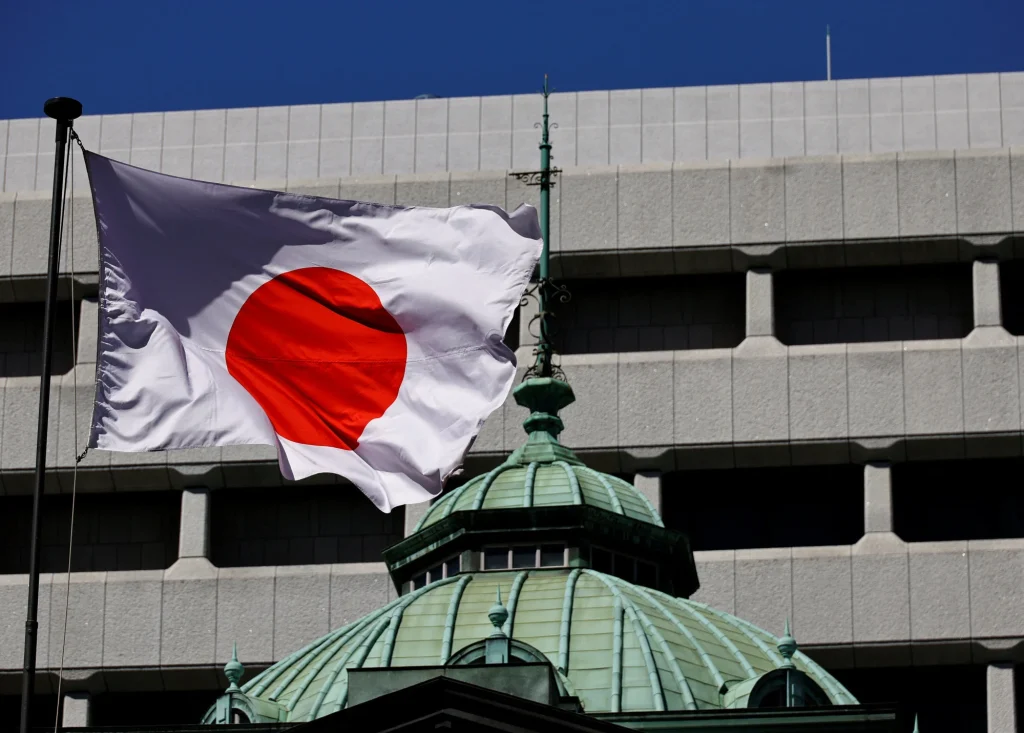Japan’s central bank ended its extensive monetary stimulus programme on Tuesday, raising interest rates for the first time since the global financial crisis.
The Bank of Japan‘s unconventional policy of negative interest rates and huge asset purchases was intended to jump-start economic development and price increases following the “lost decades” of stagnation and deflation.
However, after months of anticipation, the Bank of Japan raised its policy rate range from -0.1 percent to between zero and 0.1 percent on Tuesday, marking its first boost since 2007.
Officials “assessed the virtuous cycle between wages and prices” and determined that “the price stability target of two percent would be achieved sustainably and stably”, according to the report.
The move would increase the cost of loans for consumers and businesses, but it will allow banks to generate more money from lending.
It will also raise Japan’s national debt service costs, which are already around 260 percent of national production, making them one of the highest in the world.
The BoJ also announced the end of other unconventional initiatives, such as its yield curve control programme, which permits bonds to move in a narrow band, and the purchase of exchange-traded funds, since they had “fulfilled their roles”.
However, it stated that it will continue to buy long-term government bonds.
Taro Saito, senior economist at NLI Research Institute, told AFP that the action was a “great step for the BoJ towards normalisation of its monetary policy, which it has long desired.”
Following Russia’s 2022 invasion of Ukraine, the US Federal Reserve and other central banks raised interest rates to keep inflation under control.
However, despite inflation topping 4% at one point, the BoJ maintained its main rate below zero, as it has since 2016.
Because negative interest rates result in banks losing money by storing cash with the BoJ, the strategy was designed to encourage them to lend to companies.
The approach has dramatically devalued the yen versus the dollar, which is excellent for exporters but bad for consumers because it has increased the cost of imports.
The yen sank above 150 per dollar, and stocks rose, after the Bank of Japan’s statement that circumstances will stay accommodative dashed hopes for more rate hikes.

“We think the BoJ will need a lot more convincing that inflation is truly on the path to sustained two-percent inflation before hiking again,” Tom Kenny, chief economist at ANZ, said.
- Wage increases –
For nearly two years, inflation has remained at or above the Bank of Japan’s objective of 2%.
However, the Bank of Japan needed more evidence that salaries were rising and that inflation was driven by demand rather than temporary causes.
The final piece of the puzzle looks to have been completed on Friday, when Japan’s largest trade union achieved its greatest wage increase since 1991.
On Tuesday, BoJ chairman Kazuo Ueda told a press conference that the outcome was “an important factor in making our decision”.
However, Stefan Angrick of Moody’s stated that because there is no certainty of broader salary increases or greater domestic demand, the BoJ “is rushing”.
“In the past, when the BoJ was overly anxious to tighten policy, a downturn quickly followed. Although (Tuesday’s) move is not substantial enough to devastate Japan’s economy, it wouldn’t take much to do additional damage,” he said.
“The BoJ is treading on thin ice.”


